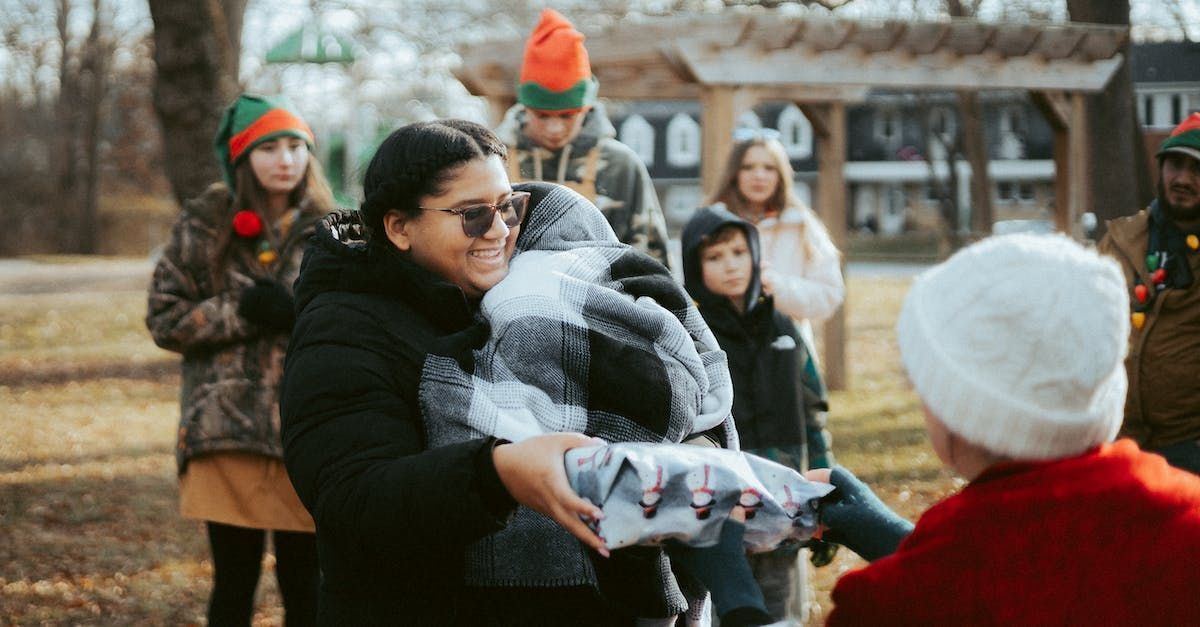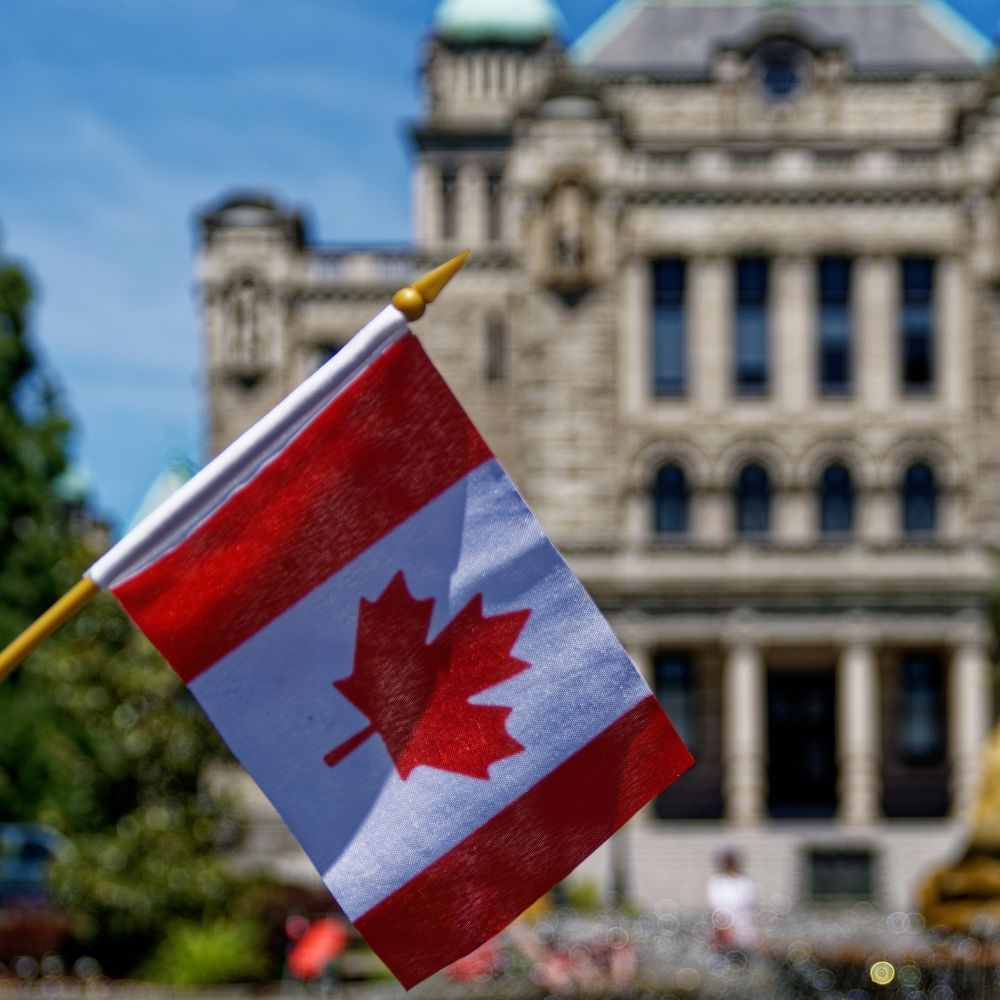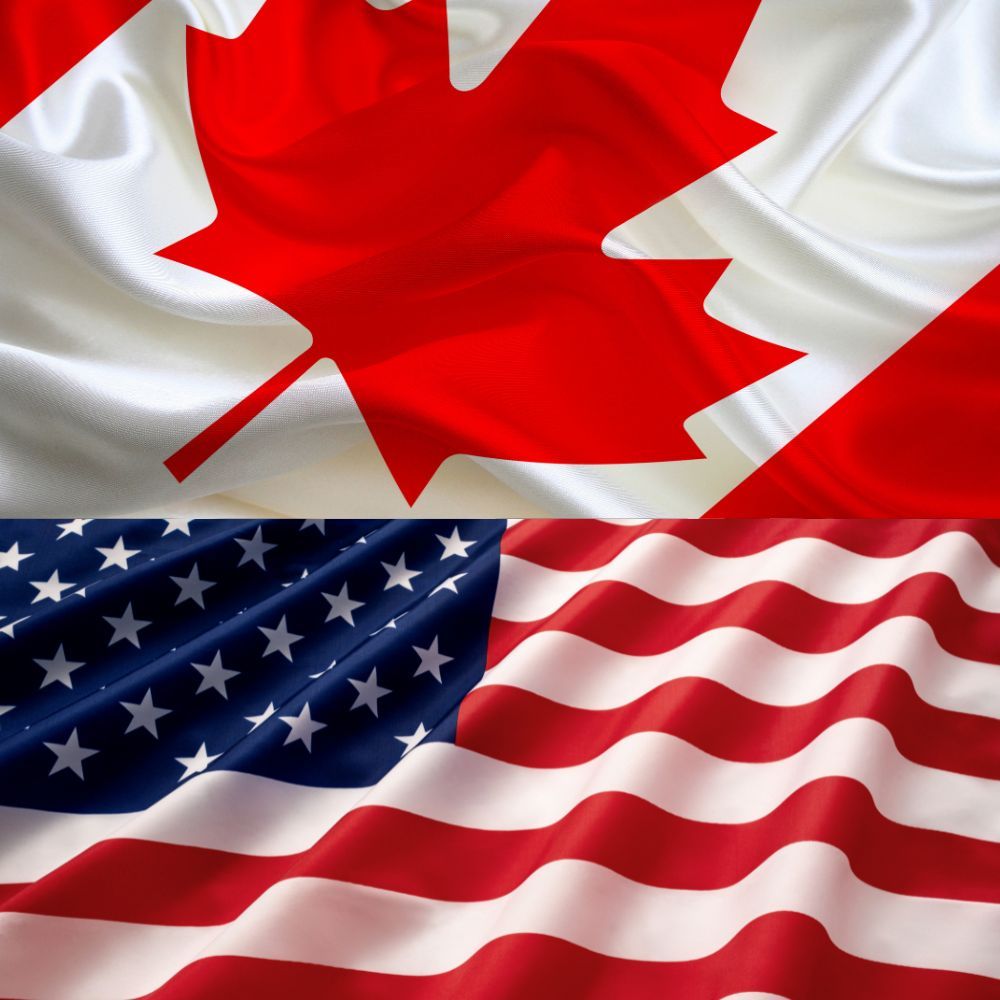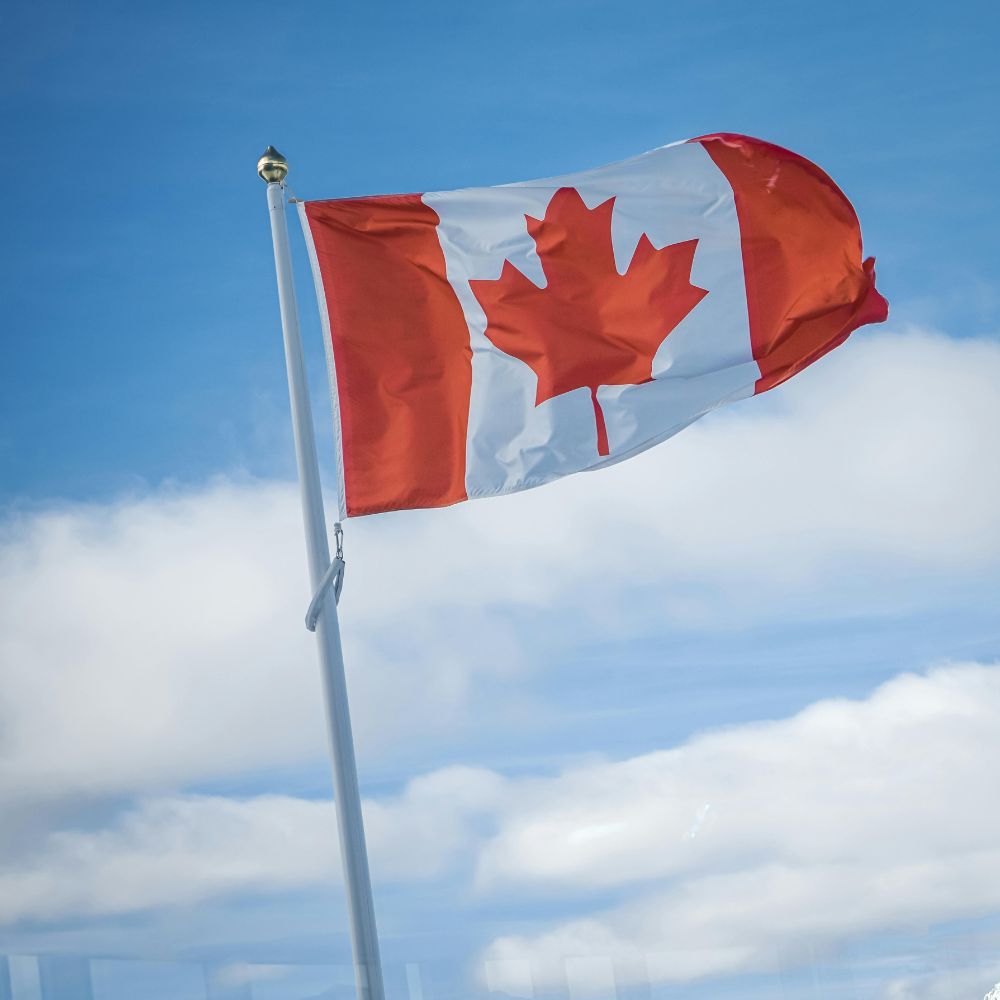Between Heaven and Earth: Soul-searching for a New Year
These days many Canadians are soul-searching, anxious about wars that don’t feel so far away, people dying daily, hate, political polarization and worry of those among us who are financially unstable, unable to pay bills or feed their families. At this time of year, many of us are in a kind of limbo, a confusing space between the heaven of seasonal family love, abundance and gifts and an earth that seems horribly dark and foreboding. For Christians, the celebrations of the humble birth of a prophet whose arrival was going to change the world, the angel’s announcement of the event “Glory to God in the highest, and on earth peace, good will toward men” seem like a hopeless wish.

We are left with wondering if we can still eke some optimism out of holidays that were originally “holy-days”. It seems a simple solution, but why don’t we consider preparing for a new year where every one of us is actually contributing to an improved society? Making goodwill a real part of our lives? We may not be able to contribute to solving the war in Ukraine or the Israel-Hamas conflict, but we can ensure that our own communities build bridges of understanding between Jews and Palestinian supporters, that we support new Ukrainian immigrants fleeing the war, and that we find the spiritual support wherever we can to inspire us to kindness and service to our fellow Canadians.
Having a religious belief helps. Studies over the years demonstrate that people with religious convictions are more philanthropic and more involved in helping the disadvantaged. Christian or not, are we up for challenges that are actually achievable?
It is the ongoing evidence of ordinary Canadians acting out their concerns for those less fortunate that should give us the kind of hope that infuses the experience of Christmas for believers. Giving is evidenced everywhere in the GTA and across Canada. Since homelessness and hunger top our major community concerns, our generosity and volunteerism often center around feeding the hungry.
For example, CBC did a great job of covering a very innovative program at restaurants in Kentville, NS . Patrons are encouraged to join the pay forward meal program by paying for a meal and the receipt is pinned on the window and can be exchanged by anyone picking it up. Hundreds of meals have been given to the mostly homeless people. A great program to emulate anywhere.
North of Toronto, the local online newspaper Newmarket Today continued its fifth annual tradition of marking the giving season by celebrating Newmarket's Community Angels — the people whose kindness, compassion and community spirit help make the town a good one to live in. This time it was a remarkably active Patricia Hawke who despite a long-term disability, has helped organize the annual fundraising holiday dinner for the Ladies Supper Club, and maintained regular volunteer shifts for the Newmarket Food Pantry, Rose of Sharon and Community Living.
Speaking of volunteers, it takes over 70 to make sandwiches, prepare and serve hundreds of the homeless and needy weekdays for coffee, breakfast and lunch at the “Common Table” at the Church of the Redeemer on Bloor Street in Toronto. They have gone above and beyond to serve people experiencing homelessness and twice a week send out carts with sandwiches to serve those people where they need it most.
The Star did an inspiring story of Edmonton’s Kora-Lee Vidal, who was a victim of domestic violence who has experienced homelessness and now gives back as only someone who has been there can. She fills her car with donations and distributes it to those in need. In 2021 she helped a man living behind a dumpster from the cold by giving him a jacket pillow and blanket. Her act of kindness garnered her video 2 million views.
Charity Intelligence is a Toronto based research firm that ranks charities by their impact and return of a donor’s investment. In its top ten last year we find a food bank, the Cambridge Food Bank. CFB distributes over 2,500 emergency food hampers each month. In 2022, CFB helped to distribute 1,087,175 pounds of food. It also provided 31,932 meals. For clients in immediate need of food, CFB’s Community Pantry program offers emergency food hampers with a five-day supply of food, provided up to 12 times per year. The Mobile Food Market sells vegetables and fruits at affordable prices and has received almost 8,000 visits. Like many food banks, CFB also runs community gardens to grow fresh, organic produce. It is efficient in terms of overhead – for every dollar donated to the charity, 92 cents go to the cause. Donations hard at work.

The real Christmas story does inspire generosity and volunteerism, but also has a strange way of seeping into popular culture even as church attendance declines. Carols and Christmas hymns are backgrounds in manly stores and malls, but perhaps the most impactful is offered in the ever-popular 1965 “A Charlie Brown Christmas." My former priest in King City used the story in her Christmas eve sermon. “What always brings me back into the Spirit of Christmas is Linus from Charlie Brown. A Charlie Brown Christmas brings me back into the actual spiritual spirit of Christmas. There’s a part when everyone is bickering about the Christmas play and Charlie Brown throws his hands up and yells ‘isn’t there anyone who knows what Christmas is all about?’ and Linus says, “sure, I can tell you… then he goes to the center of the stage and reads from the Gospel of Luke. He tells the story of Jesus’ birth. When Linus quotes St. Luke: “and the angel said unto them, ‘Fear not: for, behold , I bring you good tidings of great joy, which shall be to all people,’ he lets go of his security blanket, the one he never ever lets go of…because there is something about the angel’s proclamation that gave him the courage to stand alone, without fear, without the need for security, to proclaim to others that Jesus’ birth was a moment of great joy before finally picking up his blanket again and saying to Charlie Brown ‘that’s what Christmas is all about.’ Charles Schulz’s producers were convinced that putting the Bible on TV would be a disaster. It was not.”
I believe hope resides in the good we do for others, and as Mayor Olivia Chow insists - in our working together for a better future for all. The true worth of a country, someone once said, is not in its wealth but in the way it treats the least fortunate in its communities. By this measure, if you look around, we are not doing so badly. Anyone who works for a charity or not-for-profit will tell you that if you ask for help or funds where there is a real need help is always forthcoming. We are generous people. This is what we should ponder on as we end the holy-days and embrace a new year.
Patrick Gossage Insider Political Views




